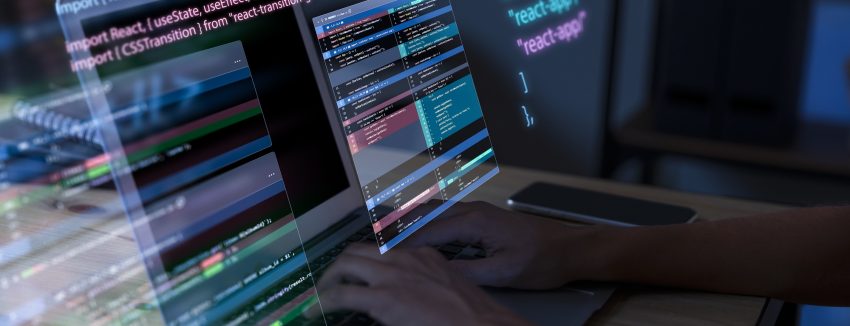CLI vs GUI
- CLI (Command-Line Interface) – used to configure switches, routers, firewalls
- GUI (Graphical User Interface) – graphical configuration interface
Connecting via Console Port
- There are 2 console ports on Catalyst 2960:
- RJ45
- USB Mini-B
- Rollover cable: RJ45 ↔ DB9 (serial port), called “rollover” because of the pinout:
Pins: 1–8, 2–7, 3–6, 4–5, 5–4, 6–3, 7–2, 8–1 - Terminal emulator: e.g. PuTTY
- Connection type: Serial
- Should be connected to CLI
- Configure the serial line:
- Speed (baud rate): 9600
- Data bits: 8
- Stop bits: 1
- Parity: None
- Flow control: None
CLI Modes
- User EXEC Mode
- Prompt:
Router> - Very limited, cannot change configuration
- “User mode” – usually not used for administrative tasks
- Prompt:
- Privileged EXEC Mode
- Prompt:
Router# - Can view configuration, restart device
- Not used to change configuration
- Prompt:
- Global Configuration Mode
- Prompt:
Router(config)# - Used to make configuration changes
- Prompt:
Configuration Files
Two types:
- running-config – current, active configuration (can be edited via CLI)
- startup-config – will be loaded upon device restart
To save configuration:
write write memory copy running-config startup-config
Password Encryption
Use enable secret instead of enable password (more secure)
service password-encryption
- Encrypts current and future passwords
- Does not affect the
enable secret(already MD5-encrypted)
no service password-encryption
- Current and future passwords will not be encrypted
enable secretremains unaffected
enable secret 5 xxx # Type 5: MD5 encryption enable password 7 xxx # Type 7: Cisco proprietary encryption
Common CLI Commands
Router> enable //Enter privileged EXEC mode
Router# configure terminal //Enter global configuration mode
Router(config)# enable password //Set password for privileged EXEC mode
Router(config)# service password-encryption //Encrypt enable password
Router(config)# enable secret //Configure a secure, always-encrypted password
Router(config)# do show running-config //View current configuration
Router(config)# do show startup-config //View saved configuration
Router(config)# write //Save current configuration
Router(config)# no //Remove a command or setting
Router(config)# exit //Exit configuration mode
📌 These are personal study notes. Please read the full disclaimer for more information.
